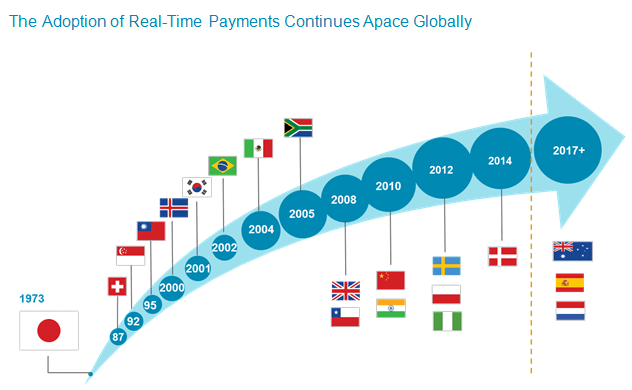The subject of payment services hubs is one that Celent is well known for, having followed from the very earliest days. The same is true for real-time payments, with a number of reports discussing in details. Both of these are regular topics of conversation with our clients. Those conversations are subtly changing.

The real-time requirement is leading an increasing number of banks to consider adopting a payment services hub as most existing payment engines have a number of challenges in delivering real-time payments. For example, many real-time payment schemes only have downtime over the year measured in seconds. Old technology simply wasn’t designed to support that. Nor was it designed to support the growth in APIs.
Celent believes the growth in real-time payments will require both more attention to the design of the hub than ever before and an increase in what has traditionally been included. There are some purely pragmatic reasons to consider. For example, if all the processes are within the hub, they are easier to manage and coordinate, and as volumes increase, this becomes more and more essential.






